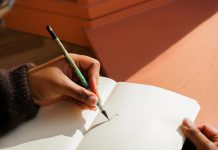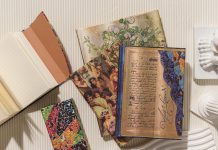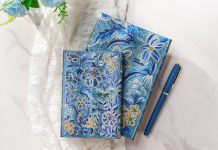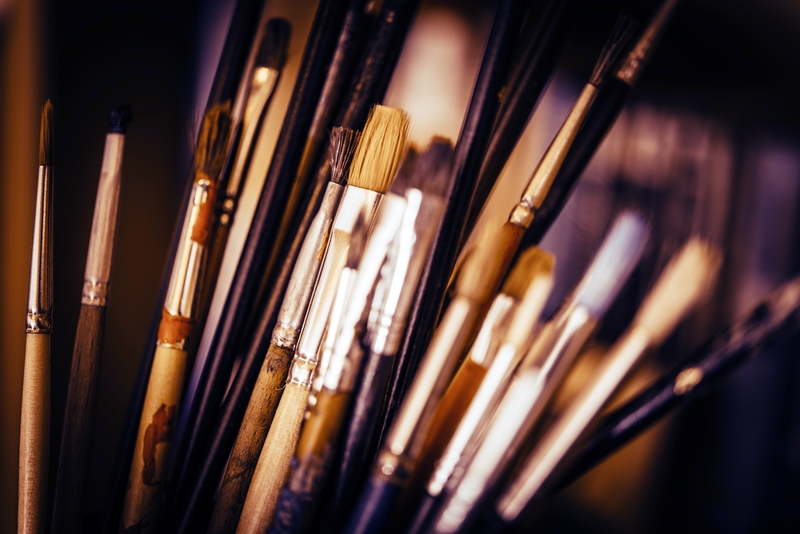Dadaism is an excellent tool for freeing up your mind, discovering interesting prompts and ideas, and generally having fun!
The original intention of Dadaism was to reject norms and standards in art, and it was largely an anarchistic commentary on the ultimate meaningless of modernity and the bourgeois. As a cultural movement with a focus on anti-war politics, Dadaism reached its peak during World War I, yet it can still be found today in many forms of art, literature, art theory, theatre, and graphic design. Like any movement, new generations have merely adapted it for their own purposes to create and celebrate the art and literature of our current time.
Coming at Dadaism from a literary perspective, it’s a fantastic way to let go of all authorial control, something a lot of authors and other artistic types struggle with, as well as to kick-start creativity and find beauty in the random and often nonsensical.
Recently, my local writing group experimented with a Dada storytelling technique, and we all found the results produced to be interesting, inspirational, and often hilarious!
Dada Literature Recipe:
- Take two separate literary works.
- Select a short section from each and transcribe them onto blank paper.
- Cut out individual words and short phrases.
- Put cut-out words into a bowl or bag and mix until suitably jumbled.
- Tip onto a grease-proof surface and select words at random.
- Paste at random into your Paperblanks notebook.
- Let stand for 2 minutes.
- Devour.
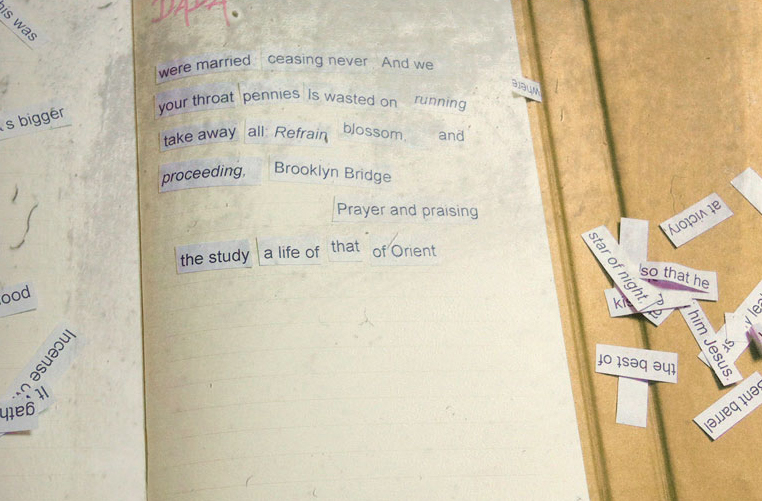
One of the hardest parts of this exercise is allowing Dada stories to be completely random. It’s tempting to shuffle the words around so they form coherent segments. Certainly, there’s nothing stopping you from doing that, but it’s more important to learn to switch off the Inner Editor and simply allow the words to be what they are, to shrug off rules and any expectation of conventional form.
If you’re ever stuck for ideas try this Dada literature experiment. From a purely creative direction, let it all go and see what comes back. Chances are you’ll find some truth in the madness, some pattern in the randomness, and some inspiration for your projects.
Dada Resources:
- Literary and Artistic Collection, July 1917. Translated by Michael Justin Hatfield.
- Bibliography of Dadaism and a distribution of Dada documents.
- Dada Art, a collection of Dada images.
About the author: Jennifer K. Oliver, is a British writer and freelance web designer who requires regular doses of speculative fiction to function properly. She blogs at her LiveJournal about writing, publishing, rejection, TV and movies, music, and other sundry topics. A bibliography is available at her website. She can also be found on Twitter@jenniferkoliver.


